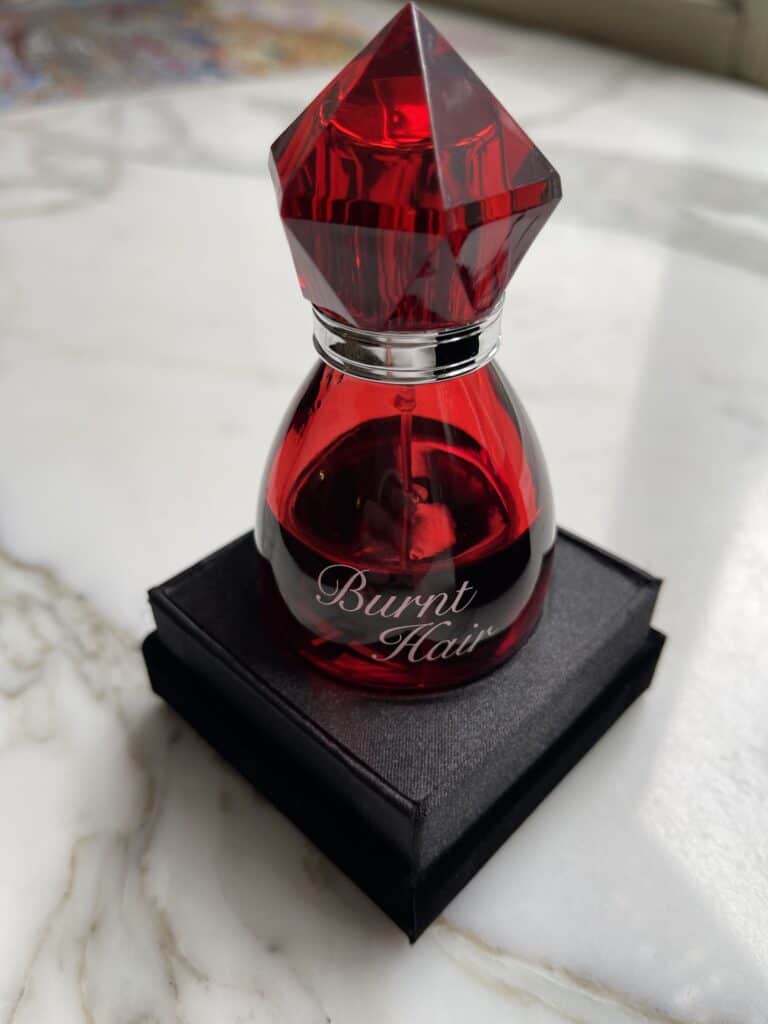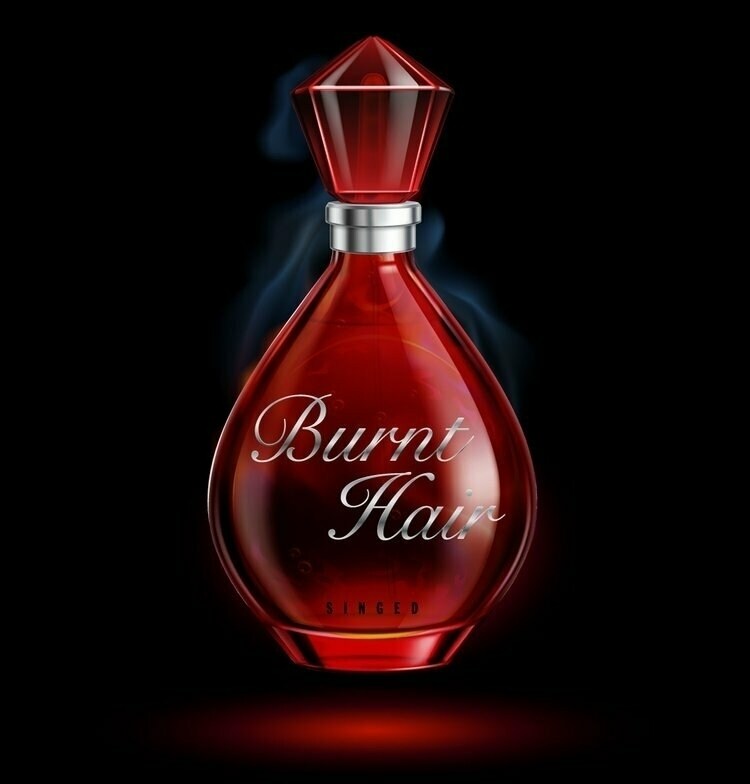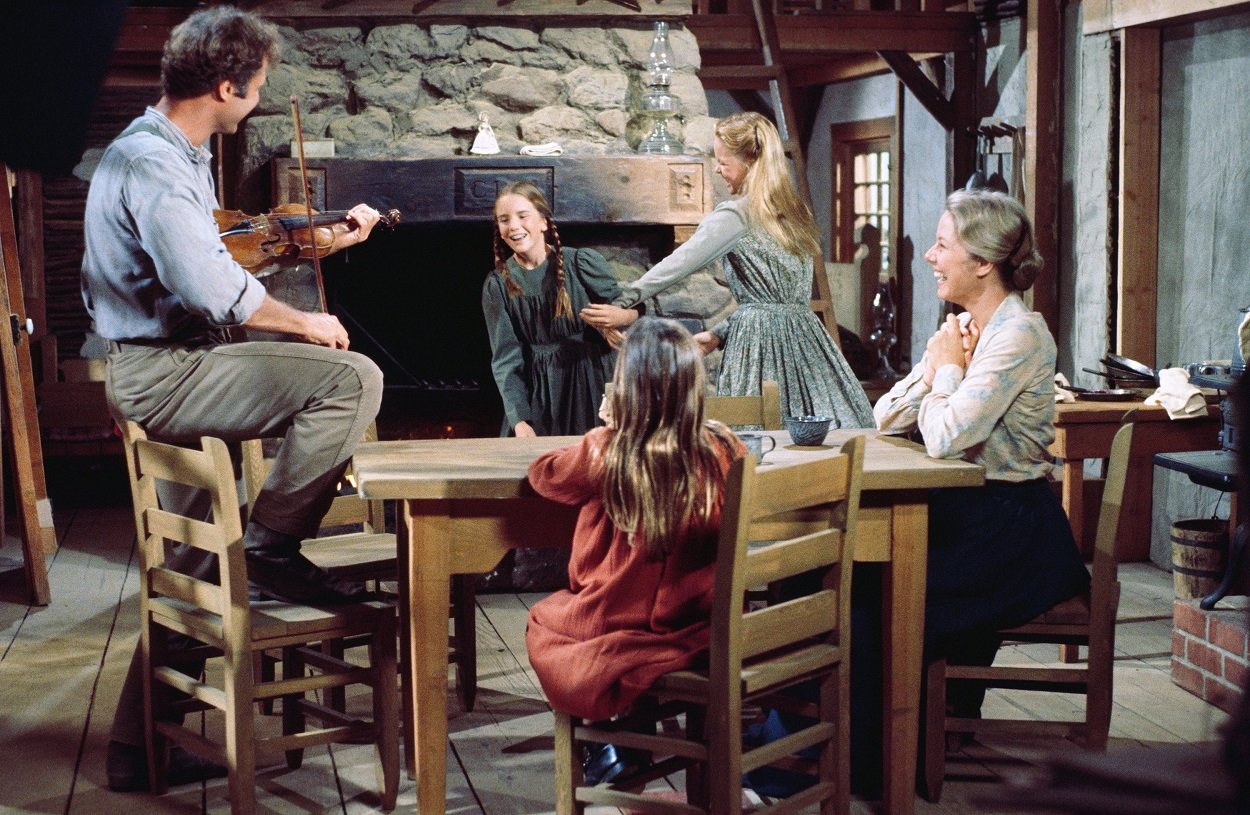Table Of Content
It’s one of the most popular perms because you get a natural-looking wave and it’s fairly low-maintenance, as results last between three to five months. The most common is when your hair is hanging loose and straight. This look is typically achieved by using a straightening iron or a flat brush.
Start With Freshly Washed Hair

If you’re blessed with a head of natural curls (you lucky babe), your bouncy coils without a doubt elicit some serious hair envy. We’re head over heels over natural curls, but we know that when it comes to styling hair, everyone craves a little hairstyle variety sometimes. Kind of like how people with super straight strands might love to switch up their style with bouncy waves and play with texture. If you've been blessed with a curly mane and you're looking to temporarily straighten your hair, it's a totally doable (and worth it) task.
Product Type
The 6 Best Hair Straightening Brushes in 2024, Tested and Reviewed - Business Insider
The 6 Best Hair Straightening Brushes in 2024, Tested and Reviewed.
Posted: Fri, 01 Mar 2024 08:00:00 GMT [source]
As far as straightening goes, I can’t tell you the last time I’ve used a flat iron or straightening comb. Well, in my subconscious, the reason may be that since I do blow out my hair about once a month, I don’t want to “push it” by applying even more heat. If your straightener does not give you poker straight locks, then you need to use the chase method. In this technique, you need to use a rat-tail comb and a straightener at the same time to straighten your hair. It works to reach every strand of hair and limits the amount of heat you apply. Also, you should be able to smoothen your hair with just one pass with this straightening technique.
Important tips when you want to straighten curly hair:
Best hair straighteners 2024: Our pick of the best stylers - Marie Claire UK
Best hair straighteners 2024: Our pick of the best stylers.
Posted: Mon, 15 Apr 2024 07:00:00 GMT [source]
Experts could not explain why this happens but they suspect genetics, hormones, and the body’s chemical make-up might be responsible in some way. As new hair grows in, you'll need to head to the salon for a root touch-up. It's important to stay on top of your touch-ups as the line of demarcation between new growth and relaxed hair is fragile (especially for coily hair), so breakage is possible. The only way to get rid of relaxed hair and wear your natural texture is to chop off the relaxed part. Whilst your hair is damp, add some product, a good choice here is usually a detangling spray for curly hair. Apply a smoothing serum and spritz your mane with hairspray to control frizz and keep it looking gorgeous all day.
Another way to wear your hair down is by using curls or waves. This look is usually achieved with a curling iron or by braiding your hair and then unraveling the braids. Before attempting to straighten your curls, you need to get rid of any product residue or buildup in your hair. Use an anti-frizz shampoo and conditioner specifically formulated to control frizz and prep your hair for straightening. You must limit the straightening process to once every two months.
Before you dive into straightening your curly locks, it’s essential to give your hair the TLC it deserves. Proper preparation can make all the difference in achieving smooth, sleek results without causing unnecessary damage. Once the hair is dry, turn your flat iron on at a low to medium temperature.
Put your hair into cornrows or Bantu knots on wash day
"A blowout involves using a blowdryer and typically a round brush," says Roque. The brush adds tension to the hair, holding it taut as the blow dryer dries the hair, resulting in a smooth finish. "Blowouts take anywhere from 30 min to an hour, depending on the hair length and density," says Ramos. Now your hair is dry, detangle it fully - you might find one of our brushes or combs helpful here.
From Digital to Spiral: Here's Your Official Guide to 11 Types of Perms
Curly hair is such a blessing that you do not want to risk frazzling your locks to the point of no return. Curly hair can be straightened but the best approach is to not do this too often but there is no reason why you cannot enjoy the change of style, following the tips above. As much as we love our natural curls and embracing them, it’s fun to switch things up now and again. Don't let concerns about damage or time constraints stop you from achieving straight locks.
Once you apply a heat protectant, you can blow-dry and even flat iron your hair at no more than 200 degrees Fahrenheit. Anything more than that and your heat protectant may not be effective in heat-protecting your hair. With your heat protectant applied, the next step is to blow dry the hair straight. It’s not the most difficult thing to do, but it will take some elbow grease and a few minutes. It’s not recommended to straighten wet hair as it can cause damage and uneven results.
If you have the time, let your hair air dry completely to save it from unnecessary heat exposure and friction. If you need to dry hair quickly, try using a diffuser to disperse the heat and reduce friction. Remember to blow dry upwards at the roots for better volume, while blow drying downwards for the rest of your gorgeous hair to reduce frizz. There's a particular technique to about every type of curly look you can imagine—and a plethora of tools to go along with them. But if there's one iron to have in your arsenal, it's a good old-fashioned flat iron —because it's not just for keeping hair straight. The jack of all curl-creating trades, a flat iron is one of the easiest ways to produce a number of different kinds of coils.
Always ensure your hair is completely dry before using heat styling tools. Protection against heat and damage is the number one priority when taking curly or coily hair through a drastic style change, especially on a structural level. Tackling one section at a time, you want to spray a generous amount of heat protectant.
Co-founder of Curl Centric® and Natural Hair Box, Kenneth has dedicated himself to promoting ethical and scientifically-backed hair care practices. Rigorous editorial guidelines, industry recognitions, and features in numerous media outlets evidence his expertise. Kenneth’s commitment to transparency, quality, and empowerment has positioned him as a trusted voice in the field, empowering readers to confidently embrace their natural beauty. All you need to do for this step is spritz the leave-in conditioner onto your hair in sections.
Speaking of oils, a commercial brand that some people really like is Strength ‘n Silk by Silk Elements Thermal Silk Styler. Whether you have wavy hair, curly hair, or coily hair will influence how easy it is to straighten your natural hair and how long it takes to achieve your desired straight hair. Getting your hair wet is the worst thing you can do after straightening your naturally curly hair. To prevent this, avoid heavy workouts, hanging out in hot places, letting your hair get wet in the shower, etc.
Continue to work through all of the sections with your blow dryer until your hair is totally dry. It’s vital not to flat-iron wet or damp hair as this is less effective and can cause additional damage. It’s important to start with clean, freshly washed hair, so use a sulfate-free shampoo to gently cleanse your hair. A moisturizing shampoo will help to avoid frizz, and you should follow up with a silicone-free nourishing deep conditioner to get as much moisture into your locks as possible. Be sure to rinse with lukewarm water as hot water will strip the natural oils out of your hair. Everyone’s hair texture is different, however, the general process will be the same for all hair types.
To prolong the style of your hair, avoid touching or running your fingers through your hair. Straighten your hair by sections to make sure you don’t miss a curl. Move the straightener downward at a continuous, even pace to avoid creasing your hair. Use a wide-toothed comb to make your hair as smooth as possible. Removing the knots and tangles will make straightening your hair easier. Straightening dirty hair is a surefire way to end up with stiff, oily, and possibly damaged tresses.
















